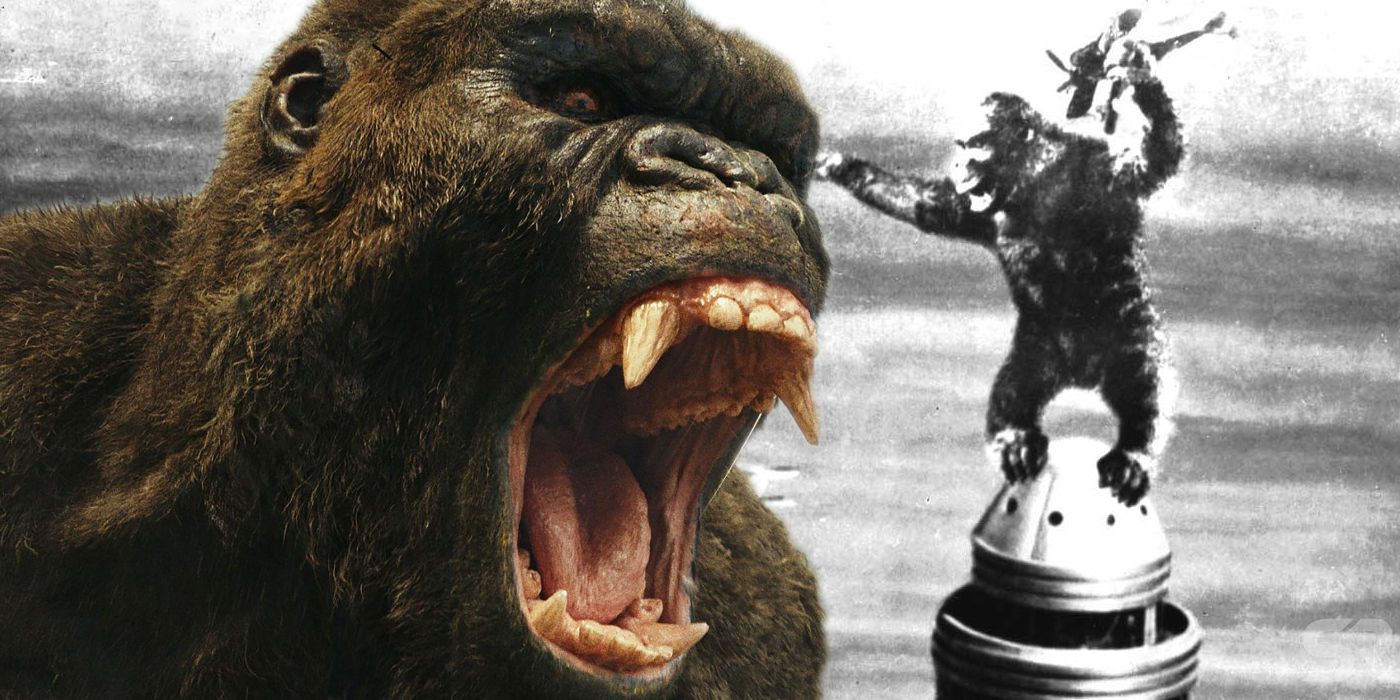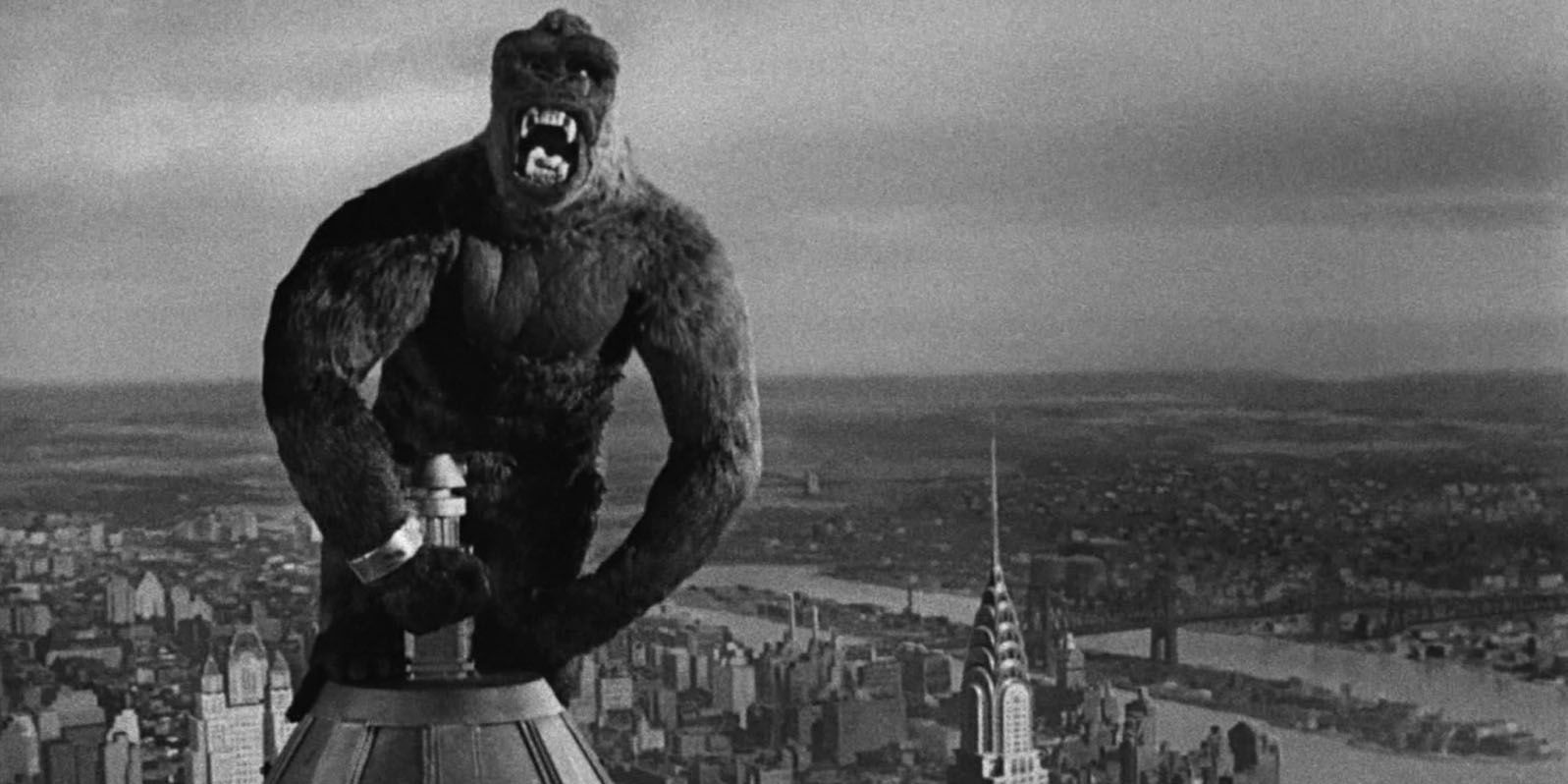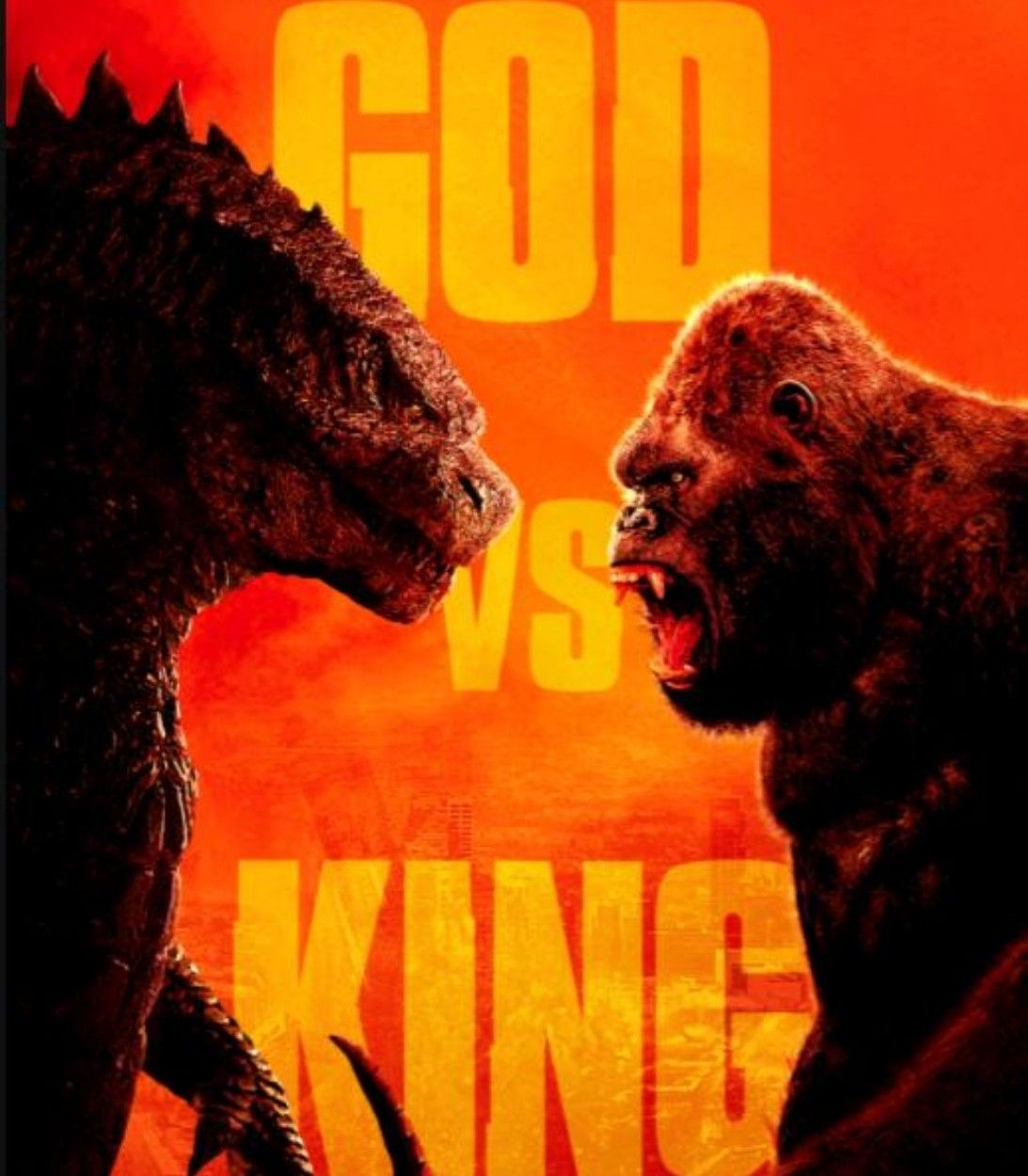The MonsterVerse made two significant changes to the traditional King Kong story with Kong: Skull Island. Released in 2017, Legendary and Warner Bros.' Kong: Skull Island serves as the latest live-action movie centered around the American pop culture icon, and the second installment in the burgeoning MonsterVerse that also includes 2014's Godzilla and 2019's Godzilla: King of the Monsters.
The first King Kong movie released in 1933, and in the decades that followed, several remakes and sequels followed, including King Kong Lives, 2005's King Kong, Son of Kong, Toho's King Kong vs. Godzilla from 1962, and more. The 2017 version sent audiences back to the 1970s for an adventure to King Kong's home, Skull Island, where a group of scientists and soldiers came into contact with numerous giant animals and monsters, the most impressive of which being the island's "god", Kong, who grew angry after the arrival of humans triggered the emergence of his old foes, the Skullcrawlers.
The story of King Kong, a giant gorilla who comes into conflict with humans and forms an emotional connection with a human female, has stood the test of time since its conception in 1933, but Kong: Skull Island takes some liberties with the standard formula for a King Kong movie, aside from the fact that Kong: Skull Island took away his iconic name. One of the changes is how the fight plays out between Kong and the military. In this case, the humans, led by Packard (Samuel L. Jackson), are essentially the antagonists, as Kong has done nothing to instigate a conflict.
Kong, who is much larger than previous versions, succeeds in defeating the helicopters and soldiers sent to fight him. Usually, Kong loses when the humans launch a full-scale attack on him in the final act, but this time, it's Kong and not humanity who emerges victorious. The second big change comes as a result of the fight. In the 1933 classic, King Kong famously falls off the Empire State Building and dies. This death has been recreated in other movies, while other adaptations have changed the circumstances behind his death, but regardless, King Kong usually dies at the end of the movie. Kong: Skull Island, however, moves in a different direction by letting Kong live.
Of course, Kong's survival had to happen, considering how important Kong is to the future of the MonsterVerse. Kong needed to survive so that his upcoming collision with the King of the Monsters in Godzilla vs. Kong could become possible. Also, it should be noted that though Kong: Skull Island differs a bit from what fans may expect from a King Kong movie, it stays true to the spirit of the character by representing the key element that separates him from monsters like Godzilla: King Kong's human connection. Kong's ability to emotionally connect with a human is recurring theme in King Kong movies, and it's certainly present once again in Legendary's MonsterVerse.



